 2012 Peugeot Partner II Tepee (Phase II, 2012) Dimensions, Size & Specs
2012 Peugeot Partner II Tepee (Phase II, 2012) Dimensions, Size & Specs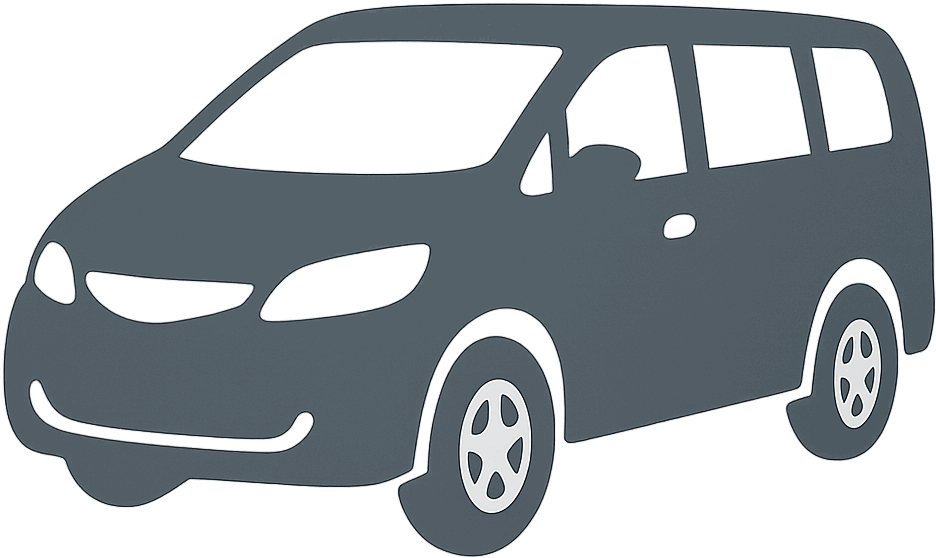
Measurements of the 2012 Peugeot Partner II Tepee, engineered for optimal performance and comfort
| Dimensions | |
|---|---|
| Length: | 4380 mm172.4 in14.4 ft |
| Width: | 1810 mm71.3 in5.9 ft |
| Height: | 1800-1862 mm70.9-73.3 in5.9-6.1 ft |
| Trunk Capacity: | 100-675 liter3.5-23.8 cu ft |
| Trunk Capacity (Max): | 3000 liter105.9 cu ft |
| Weight Specifications | |
| Curb Weight: | 1395-1576 kg3075-3474 lbs |
| Maximal permitted Weight: | 2000-2180 kg4409-4806 lbs |
| Tire Specifications | |
| Rims Sizes: |
|
| Tire Sizes: |
|
The Peugeot Partner II Tepee (Phase II, 2012) is a versatile minivan produced from 2012 to 2018, designed to meet the demands of families and businesses alike. Measuring 4380 mm (172.4 inches) in length and 1810 mm (71.3 inches) in width, this vehicle provides a spacious interior footprint ideal for a multi-purpose use. The height ranges between 1800 mm and 1862 mm (70.9 to 73.3 inches), depending on the variant and optional equipment, offering ample headroom typical for minivans in its class. The vehicle's curb weight varies from 1395 to 1576 kg (3075 to 3475 lbs), depending on the trim and equipment level, while the maximum permissible weight ranges from 2000 to 2180 kg (4409 to 4806 lbs). This allows for a substantial payload, useful for carrying passengers and cargo. One of the standout features of the Partner II Tepee is its flexible luggage capacity. With all seats in place, the luggage compartment offers between 100 and 675 liters (3.5 to 23.8 cubic feet) of space. When the rear seats are folded down, the minivan expands its cargo volume dramatically up to 3000 liters (105.9 cubic feet), making it highly adaptable for transporting large items or luggage. The Peugeot Partner II Tepee is equipped with rim sizes of 15 or 16 inches, paired with tires that measure either 205/65 R15 or 215/55 R16, balancing ride comfort and handling. Overall, this generation of the Peugeot Partner II Tepee combines compact exterior dimensions with a spacious and flexible interior, making it a practical choice for those seeking a reliable and functional minivan for daily use and family outings.
Discover the standout features that make the 2012 Peugeot Partner II Tepee a leader in its class
Have a question? Please check our knowledgebase first.
The Peugeot Partner II Tepee (Phase II, 2012) has a length of 4380 mm (approximately 172.4 inches), making it compact enough for city and suburban driving while offering spacious interior room. Its width measures 1810 mm (about 71.3 inches), which includes the side mirrors and ensures relatively easy maneuvering in tight spaces. The vehicle's height varies between 1800 mm to 1862 mm (70.9 to 73.3 inches) depending on specific configurations or trim levels. This height offers a comfortable cabin space with adequate headroom for passengers, as well as a higher driving position typical of minivans, contributing to better driver visibility.
The curb weight of the Peugeot Partner II Tepee (Phase II, 2012) ranges from 1395 kg to 1576 kg (3,074 to 3,474 lbs), depending on trim and options. Curb weight refers to the weight of the car including all standard equipment, necessary operating consumables like fuel and motor oil, but without passengers or cargo. The maximum weight capacity, or Gross Vehicle Weight Rating (GVWR), ranges from 2000 kg to 2180 kg (4,409 to 4,808 lbs). This maximum weight indicates the total permissible mass of the vehicle when fully loaded with passengers and cargo. The difference between maximum weight and curb weight suggests a useful payload capacity of up to approximately 684 kg (around 1,509 lbs), allowing for significant flexibility in transporting equipment or luggage.
The Peugeot Partner II Tepee (Phase II, 2012) offers versatile luggage space, catering well to families and users requiring extensive cargo capacity. With all rear seats in place, the luggage capacity ranges from 100 liters to 675 liters (around 3.5 to 23.8 cubic feet), depending on seating configuration and whether the vehicle has optional storage compartments. This provides enough room for daily errands or small travel bags. When the rear seats are folded down, the capacity dramatically increases up to 3000 liters (about 106 cubic feet). This vast cargo area makes the Partner II Tepee an excellent option for transporting large items such as bicycles, furniture, or bulk luggage, blending passenger comfort with a highly practical cargo environment.
For the Peugeot Partner II Tepee (Phase II, 2012), the factory-specified rim sizes are 15 and 16 inches in diameter. These fit with tire sizes of 205/65 R15 or 215/55 R16 respectively. The 205/65 R15 tires combine good ride comfort with practical fuel economy due to the taller sidewall, while the 215/55 R16 tires generally provide a sportier appearance and slightly enhanced handling due to a wider tread and lower profile sidewall. These tire and rim combinations ensure balanced performance and safety, allowing drivers to choose according to their preferred balance between comfort, handling, and style.
Standard residential garage dimensions vary, but typically are about 2400 mm (7.9 feet) wide, 4800 mm (15.7 feet) long, and 2100 mm (6.9 feet) high for a single-car garage. With a width of 1810 mm (71.3 inches), length of 4380 mm (172.4 inches), and height between 1800 mm to 1862 mm (70.9 to 73.3 inches), the Peugeot Partner II Tepee (Phase II, 2012) fits comfortably within these common garage dimensions. There is usually adequate clearance for opening doors and moving around the vehicle, making it suitable for typical household garages without requiring modifications or extra large spaces.
Compared to the first-generation Peugeot Partner Tepee, the Phase II (2012) generation saw modest refinements in dimensions aimed at improving practicality and passenger comfort. While the first-generation model was closer to around 4260 mm (167.7 inches) in length, the Phase II grew to 4380 mm (172.4 inches), offering slight additional interior space. Width and height also increased slightly in the newer generation. These changes, though incremental, enhanced cargo capacity and headroom. The update brought improved styling and updated features on a slightly larger platform without compromising the driving agility the Partner lineup is known for, making this generation more versatile and comfortable for family and commercial use.
The Peugeot Partner II Tepee (Phase II, 2012) occupies a niche in the small to mid-sized MPV/minivan segment, with overall length (4380 mm) and width (1810 mm) slightly smaller than some larger minivans like the Volkswagen Touran or Citroën C4 Picasso, but larger than compact MPVs such as the Ford B-Max. Its height range (1800–1862 mm) is typical for vehicles designed for flexible interior space and an elevated driving position. What sets it apart is its focus on maximizing interior volume and versatility within relatively modest outer dimensions, making it more maneuverable in urban settings while still offering considerable cargo and passenger room. It is especially competitive in the European market where tight parking spaces demand compact but spacious vehicles.
The Peugeot Partner II Tepee (Phase II, 2012) has an adjustable height range from 1800 mm to 1862 mm (70.9 to 73.3 inches), which might depend on suspension tuning, roof rails, specific versions, or optional equipment. The additional height enhances interior headroom, which benefits taller passengers and improves overall comfort during longer journeys. It can also increase cargo space vertically for transporting larger or taller items. However, this extra height might slightly affect aerodynamics and garage parking clearance in certain low-ceiling garages. This design balance ensures the partner is spacious and practical without compromising urban drivability.
The Peugeot Partner II Tepee (Phase II, 2012) is primarily designed as a family-friendly minivan with seating for five to seven passengers depending on the version and optional third-row seating. Typically, the vehicle features two front seats and a rear bench seat accommodating three passengers, but some variants offer a third row, increasing total seating capacity to seven. The modular seating layout allows for flexible configuration, with rear seats folding flat to substantially increase cargo space, or removal of rear seats to optimize interior volume for bulkier items. This adaptability makes the Partner II Tepee suitable for both daily commuting and leisure or commercial purposes where passenger and cargo needs often change.
The Phase II update of the Peugeot Partner II Tepee (2012-2018) brought a range of refinements including updated exterior styling with a refreshed front grille, enhanced lighting elements, and more modern bumper designs which gave the minivan a contemporary look. Inside, improvements were made to the infotainment system and interior materials to increase comfort and usability. More efficient engines complying with updated emission standards were introduced, improving fuel economy and reducing environmental impact. Safety features were also enhanced, with options like additional airbags, improved braking systems, and stability control becoming more widely available. These incremental updates helped maintain the Partner II Tepee’s competitiveness in the practical minivan segment throughout its production run.
Discover similar sized cars.

| Production: | 2015-2020 |
|---|---|
| Model Year: | 2015 |
| Length: | 4408 mm173.5 in |
| Width: | 2079 mm81.9 in |
| Height: | 1858-1887 mm73.1-74.3 in |
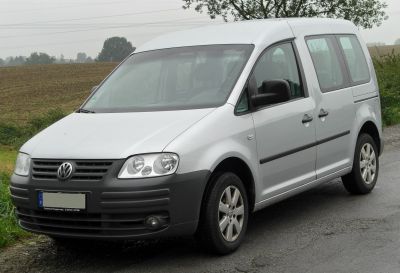
| Production: | 2004-2010 |
|---|---|
| Model Year: | 2004 |
| Length: | 4405 mm173.4 in |
| Width: | 2062 mm81.2 in |
| Height: | 1833 mm72.2 in |
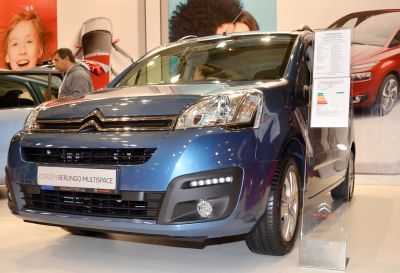
| Production: | 2015-2018 |
|---|---|
| Model Year: | 2015 |
| Length: | 4380 mm172.4 in |
| Width: | 2112 mm83.1 in |
| Height: | 1801-1862 mm70.9-73.3 in |
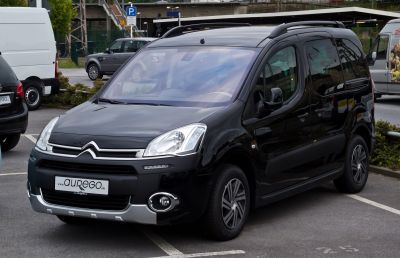
| Production: | 2012-2015 |
|---|---|
| Model Year: | 2012 |
| Length: | 4380 mm172.4 in |
| Width: | 2112 mm83.1 in |
| Height: | 1852 mm72.9 in |

| Production: | 2017-2021 |
|---|---|
| Model Year: | 2017 |
| Length: | 4363 mm171.8 in |
| Width: | 2004 mm78.9 in |
| Height: | 1809 mm71.2 in |

| Production: | 2017-2020 |
|---|---|
| Model Year: | 2017 |
| Length: | 4363 mm171.8 in |
| Width: | 2004 mm78.9 in |
| Height: | 1814 mm71.4 in |
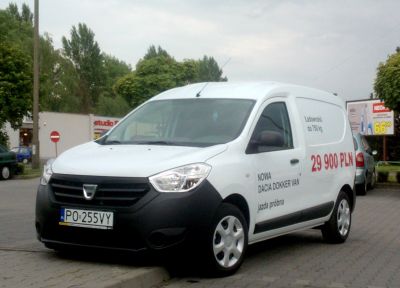
| Production: | 2013-2017 |
|---|---|
| Model Year: | 2013 |
| Length: | 4363 mm171.8 in |
| Width: | 1751 mm68.9 in |
| Height: | 1809 mm71.2 in |
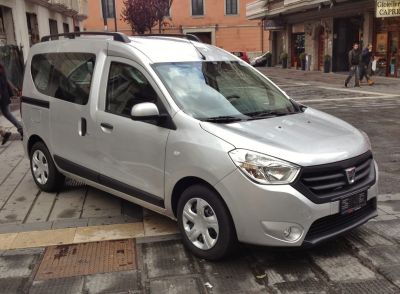
| Production: | 2012-2017 |
|---|---|
| Model Year: | 2013 |
| Length: | 4363 mm171.8 in |
| Width: | 1751 mm68.9 in |
| Height: | 1814 mm71.4 in |
